Growing hostas in the woods
sunnywood4bChazyNY
10 years ago
Related Stories
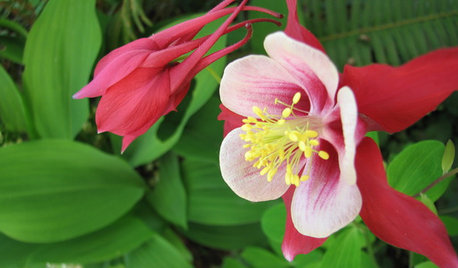
GARDENING FOR BUTTERFLIESGreat Design Plant: Columbine Grows Happily in Shade and Sun
Its ethereal beauty comes from complex forms and wide-ranging colors, but columbine’s benefits are highly attractive too
Full Story
EDIBLE GARDENSHow to Grow Your Own Sweet Summer Crops
This guide will help any gardener get started on growing the freshest warm-season veggies and berries for summer
Full Story
GARDENING GUIDES7 New Plants to Grow for Beautiful Foliage
Add color, structure and interest to your garden with these recently introduced plants that sport exceptional foliage
Full Story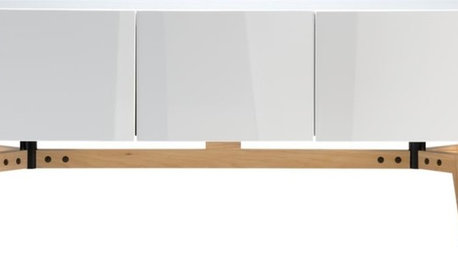
PRODUCT PICKSGuest Picks: Light Wood Accents That'll Grow on You
Ditch the darkness with modern accessories and furniture in ash, birch and light oak
Full Story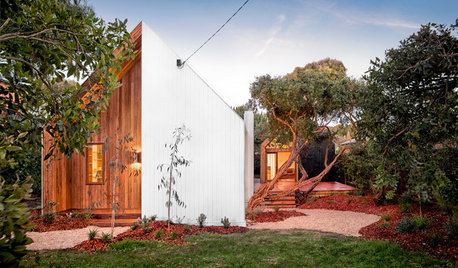
HOUZZ TOURSHouzz Tour: Compact Beach House With Room to Grow
Recently retired homeowners are thrilled by the transformation of their small shack into a stylish beach house for extended family
Full Story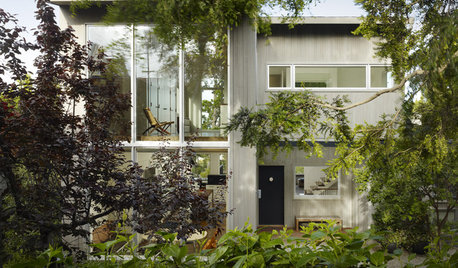
HOUZZ TOURSHouzz Tour: A Little Cottage Grows Up
Warm San Francisco Remodel Celebrates Past and Present
Full Story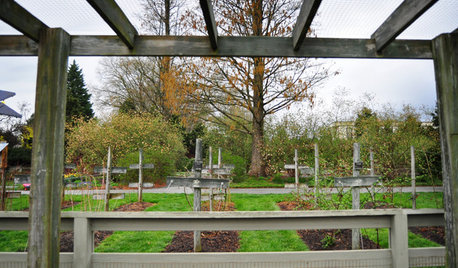
GARDENING AND LANDSCAPINGVegetable Growing Lessons From Longwood Gardens
Get ideas for your own edible landscape from a Pennsylvania showpiece and teaching garden
Full Story
FARM YOUR YARD6 Things to Know Before You Start Growing Your Own Food
It takes time and practice, but growing edibles in the suburbs or city is possible with smart prep and patience
Full Story
GARDENING GUIDESGreat Design Plant: Grow Blueberries for Their Fruit and More
Eastern gardeners should consider growing blueberry plants for their delicious fruits, bee-friendly spring blooms and brilliant fall foliage
Full Story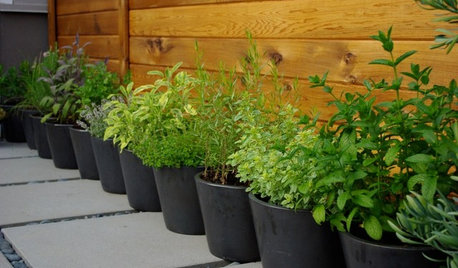
GARDENING GUIDES6 Ways to Grow Edibles in Small Places
No big backyard? Join in the grow-your-own fun with these small-space ideas for planting vegetables, fruits and herbs
Full Story





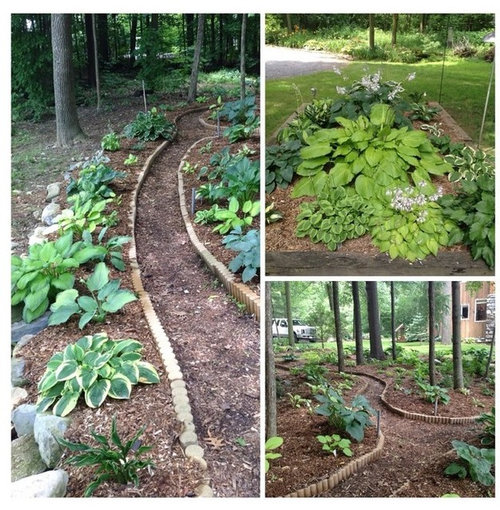

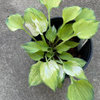
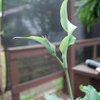
ken_adrian Adrian MI cold Z5
in ny zone5
Related Professionals
Forest Park Landscape Architects & Landscape Designers · Sand Springs Landscape Architects & Landscape Designers · South Elgin Landscape Architects & Landscape Designers · Medford Landscape Contractors · Inglewood Landscape Contractors · Lemoore Landscape Contractors · Rockwall Landscape Contractors · Carlsbad Fence Contractors · Northlake Fence Contractors · Oak Creek Fence Contractors · Park Ridge Fence Contractors · Albany Solar Energy Systems · Chatsworth Solar Energy Systems · East Lake Solar Energy Systems · Holliston Solar Energy Systemsdg
sunnywood4bChazyNYOriginal Author
hosta_freak
Jon 6a SE MA
sunnywood4bChazyNYOriginal Author
coll_123
squirejohn zone4 VT
Jon 6a SE MA
ken_adrian Adrian MI cold Z5
timhensley
dg
in ny zone5
squirejohn zone4 VT
in ny zone5
squirejohn zone4 VT
in ny zone5
donrawson
squirejohn zone4 VT
dg